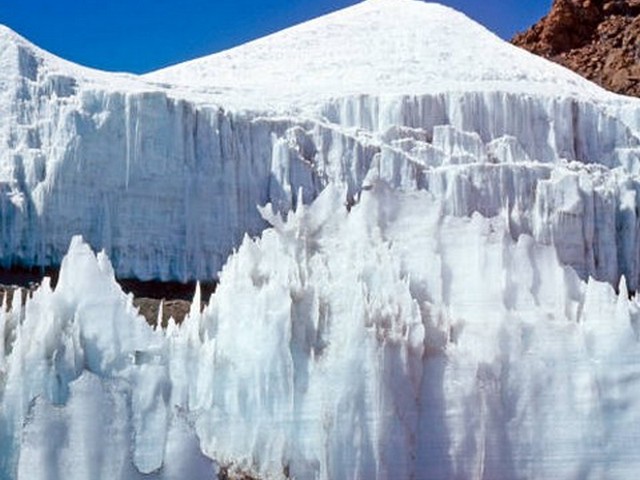Minimising Waste on Kilimanjaro Treks: A Path to Preserving Paradise
Introduction
Standing majestically as Africa’s highest peak, Mount Kilimanjaro is not just a mountain; it is an iconic beacon of beauty, challenge, and untamed wilderness. Each year, it beckons thousands of adventurers from around the globe who aim to conquer its heights and experience its breathtaking landscapes. However, with popularity comes responsibility. At Kilimanjaro Centre for Trekking and Ecotourism (KCTE), we believe that the key to preserving Kilimanjaro’s pristine environment is minimizing our ecological footprint. In this blog, we explore innovative and effective ways to reduce waste on your trek, ensuring that Kilimanjaro remains unspoiled for generations to come.
Why Minimising Waste is Crucial
Mount Kilimanjaro is not just a mountain; it’s a vibrant ecosystem that supports a wide array of flora and fauna. The impact of human activity, especially waste, can be devastating if not managed correctly. Waste reduction goes beyond just keeping the environment clean—it helps protect the wildlife, supports the health of the mountain’s natural systems, and preserves the beauty that makes Kilimanjaro so special.
Plan Ahead: Pack Smart and Sustainable
Choosing Eco-Friendly Gear
Selecting the right gear is the first step in minimizing waste. Opt for high-quality, durable items that can withstand the rigors of a Kilimanjaro trek without needing to be discarded if they break. Look for products made from sustainable materials and consider companies that have environmental responsibility at the core of their business practices.
Packing Essentials
When packing for your trek, every item should serve a purpose. Avoid single-use products, especially plastics. Instead, bring reusable containers and utensils, a water filter or purification tablets, and biodegradable soap. Remember, the goal is to carry out everything you carry in.
On the Trail: Practices to Protect Kilimanjaro
Dispose of Waste Properly
While on the mountain, it’s vital to dispose of waste properly. KCTE provides designated waste collection areas at each campsite. Use these facilities to dispose of your waste, separating recyclables whenever possible.
Use Eco-Toilet Facilities
KCTE ensures the availability of eco-friendly toilet facilities at campsites, designed to minimize environmental impact. Using these facilities helps prevent contamination of the mountain’s water sources and reduces the visual impact of human waste.
Stick to the Path
Straying from the designated trails can lead to soil erosion and damage to plant life. By keeping to the path, you minimize your environmental impact and help preserve the natural habitat of Kilimanjaro’s wildlife.
After the Trek: Leave No Trace
Cleaning Up
After your Kilimanjaro experience, participate in a cleanup activity. KCTE organizes post-trek cleanups where trekkers can help ensure that no waste is left behind. This not only contributes to the mountain’s health but also fosters a sense of community and responsibility among climbers.
Recycling and Upcycling
Once off the mountain, sorted waste can be sent to recycling facilities. KCTe is actively involved in initiatives that turn recyclables into useful products, further reducing the ecological footprint of our treks.
The KCTE Commitment to Sustainability
At Kilimanjaro Centre for Trekking and Ecotourism, sustainability is not just a policy; it’s a core part of our identity. We are committed to providing exemplary experiences while ensuring the conservation and respect of our natural surroundings.
Training and Education
We provide training for all our staff on sustainable practices and the importance of minimizing waste. Our guides are equipped with the knowledge to assist trekkers in maintaining eco-friendly habits throughout their journey.
Community Involvement
KCTE works closely with local communities to support environmental conservation efforts. By involving local stakeholders, we help ensure the sustainability of ecological initiatives and enhance the benefits that tourism brings to the region.
Join Us in Protecting Kilimanjaro’s Legacy
Minimizing waste on Kilimanjaro is more than just an environmental act; it’s a commitment to future generations of trekkers and the Tanzanian communities that call this region home. By choosing to trek with Kilimanjaro Centre for Trekking and Ecotourism, you are choosing a partner who prioritizes the mountain’s well-being as highly as your trekking experience.
Book Your Eco-conscious Trek Today
Ready to take on the challenge of Mount Kilimanjaro while upholding the highest environmental standards? Book your trek with Kilimanjaro Centre for Trekking and Ecotourism (KCTE) today, and be part of a community dedicated to sustainability and adventure.
FAQs – Minimising Waste on Kilimanjaro
Q1: What should I do with my waste if there are no bins available?
A1: Carry a reusable trash bag to store your waste until you reach a campsite with disposal facilities.
Q2: Is it safe to drink water from the mountain?
A2: While Kilimanjaro’s water sources are often clean, we recommend using a water filter or purification tablets to ensure safety.
Q3: Can I use regular soap on Kilimanjaro?
A3: We advise using biodegradable soap to minimize environmental impact, as regular soaps can harm water sources and wildlife.
Q4: How can I participate in post-trek cleanups?
A4: Contact KCTE when booking your trek to include participation in a post-trek cleanup activity.
Q5: Why is sticking to the trails important?
A5: Sticking to the trails helps prevent soil erosion and protects plant life, ensuring the mountain remains pristine for others to enjoy.
Embark on your Kilimanjaro journey with us, where adventure meets conservation. Together, we can keep Kilimanjaro majestic and unspoiled. Let’s trek responsibly!




